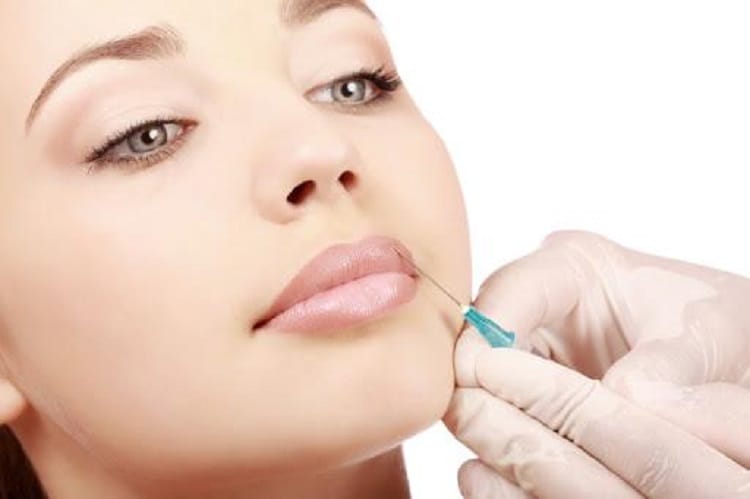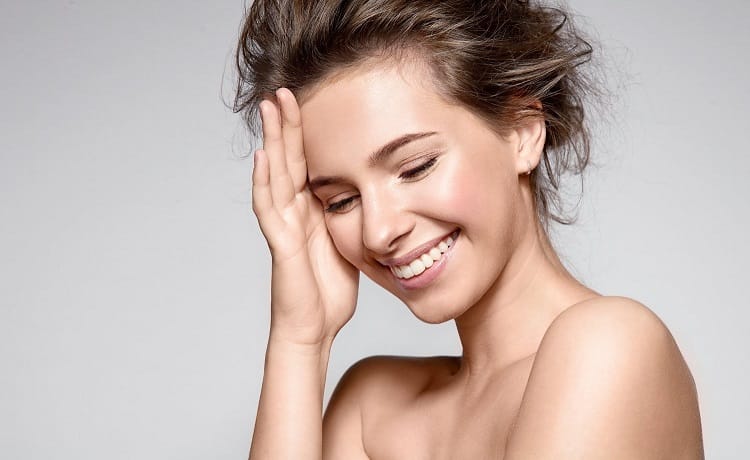As we age our skin begins to show the signs of reduced elasticity and volume loss. Since our skin is constantly exposed to outside elements and serves as a barrier from external conditions, it is a direct reflection of the environment that we have been in.
While some individuals can learn to accept the signs of aging, others find refuge in exploring cosmetic options that can lessen the effects of aging. One of the most common procedures used to slow the signs of aging are dermal fillers.
What are dermal fillers?
Dermal fillers are a reliable method of reducing facial lines and wrinkles, as well as promoting restoration of facial volume and fullness. During the aging process, subcutaneous fat is lost which allows the facial muscles to function at a closer proximity to the skin’s surface. Therefore, smile lines and crow’s feet are allowed to become more noticeable.
In addition, facial skin is likely to stretch with age, which can exacerbate the effects of a loss of volume in eye and cheek areas. The facial skin also stretches a bit, adding to this loss of facial volume.
While certain external factors, such as sun exposure and lifestyle can speed up the effects of aging, many of these characteristics are simply hereditary. No amount of prevention would be able to eliminate the rapidly-occurring signs of aging for individuals who are already genetically pre-disposed to pre-advanced skin aging.
What can dermal fillers do?
Dermal fillers can help in several key areas. We list some of them below:
-Generate more plump lips;
-Accentuate areas of shallow contouring;
-Relax facial skin, reducing fine lines and wrinkles;
-Facilitate the reduction of facial scarring;
-Repair contour deformities in facial tissue;
-Reduce or eliminate lower lid shadows.
Dermal fillers, such as Botox, can be a useful tool in reducing or eliminating early signs of aging. They can also be valuable as a contributing factor in successful facial rejuvenation procedures.
What are Dermal Fillers Not Capable Of?

For some individuals the effects are aging are already too advanced for dermal fillers to adequately respond. In these instances, surgical procedures may actually be the best approach, because they can generate more desirable results. However, since dermal fillers are such a minimally invasive treatment they may serve as a temporary correction until a more invasive procedure can be procured.
In addition, dermal fillers such as Botox are also temporary corrections for aging. Ongoing treatment will be required in order to achieve and maintain long-term results. The best results appear in clients who follow a rigorous schedule religiously.
Who is a Good Candidate for Dermal Fillers?
Although dermal filler procedures are fairly routine, there are always some risks involved. The best way to reduce the potential risk is to select clients who are physically healthy and possess a few other beneficial traits. Those who don’t smoke and possess a proper mindset are some of the best clients. Realistic goals and a commitment to good skin health are essential for producing ideal results.
What to Look for in a Professional
Although tissue augmentation through the use of dermal fillers is a routine, quick procedure that takes place in-office, selecting a physician who has undergone specialized training for these types of procedures is of utmost importance. A thorough understanding of facial anatomy is required in order to recommend and inject appropriate fillers. Adverse reactions are still possible, so selecting a board-certified plastic surgeon is optimal.

Types of Dermal Fillers
Due to each client’s unique needs, several dermal filler options have emerged and continue to thrive in the marketplace. Some of these include the following:
Calcium hydroxylapatite
Brand names: Radiesse
Calcium hydroxylapatite is a mineral-like substance that is naturally occurring within human bones. It’s often used to:
-Reduce severity of nasolabial fold creases, marionette indentations and lines from frowning.
-Cheek fullness enhancement
-Volume improvement in select facial areas
Calcium hydroxylapatite is well-known for its lack of testing on animals. Due to the way that this substance is produced, animal testing is not necessary. This then lowers the likelihood of adverse reactions and prior skin testing is not required. Associated with producing long-last results, this one of the “safest” dermal fillers and was first used in reconstructive surgery and dentistry practices.
Hyaluronic acid
Brand names: Captique, Esthélis, Elevess, Hylaform, Juvederm, Perlane, Prevelle, Puragen, Restylane
Hyaluronic acid injections are often used to compliment the contour of the skin and reduce the appearance of scares. The most dramatic improvements are typically seen in the:
-Reduction of acne scars
-Elimination of cheek depressions
-Depletion of Crow’s feet
-Lessening of deep smile lines
-Reduction of frown lines between the eyebrows
-Redefinition of lip edges
-Acne, burn and other types of facial scars
It is widely known that hyaluronic acid is a naturally occurring substance in the human body and high concentrations can be located in soft connective tissues. After extraction it is reformulated and has become one of the most sought-after fillers.
Polyalkylimide
Brand names: Aquamid
Polyalkylimide is a dermal filler that has semi-permanent properties. It is commonly used to:
-Treat wrinkles that are deeper within the skin
-Give volume to thin lips
-Enhance cheekbones and jawline
-Replace lost facial volume
Well-known for its minimal reaction potential with human tissue, polyalkylimide is biocompatible. Interestingly, it is also radio transparent, which means that it won’t affect x-ray procedures. Larger amounts of this filler can be injected at once, as opposed other options.
Botulinum toxin
Brand names: Botox
Botox is one of the most well-known dermal fillers with a history of providing service to a variety of clients. Derived from Clostridium botulinum, which is a naturally-occurring substance in nature, Botox is used to reduce fine lines and wrinkles by relaxing the underlying muscles. Blocking the nerve signal that travels to the muscle induces a lack of reaction, which allows wrinkles to soften and relax. A typical Botox injection lasts three to six months. As lines and wrinkles begin to appear subsequent Botox treatments will be necessary to maintain results.
Botox is widely touted for reducing the effects of aging by significantly reducing fine lines, wrinkles and deep frown lines. It is one of the more widely-accepted types of dermal fillers, due to the historical significance of the Botox brand. Botox is and continues to be one of the most trusted dermal filler brands; although other brands are quickly gaining ground, as well.
Closing Thoughts
Different types of dermal fillers vary in chemical makeup, longevity factors and offer various degrees of flexibility. Softer dermal filler options are often used in the lip area, while sturdier filler options might benefit the cheekbone area more.
Your selected surgeon should work with you to determine the optimal type and volume of filler needed for your particular areas of concern and desired results.

